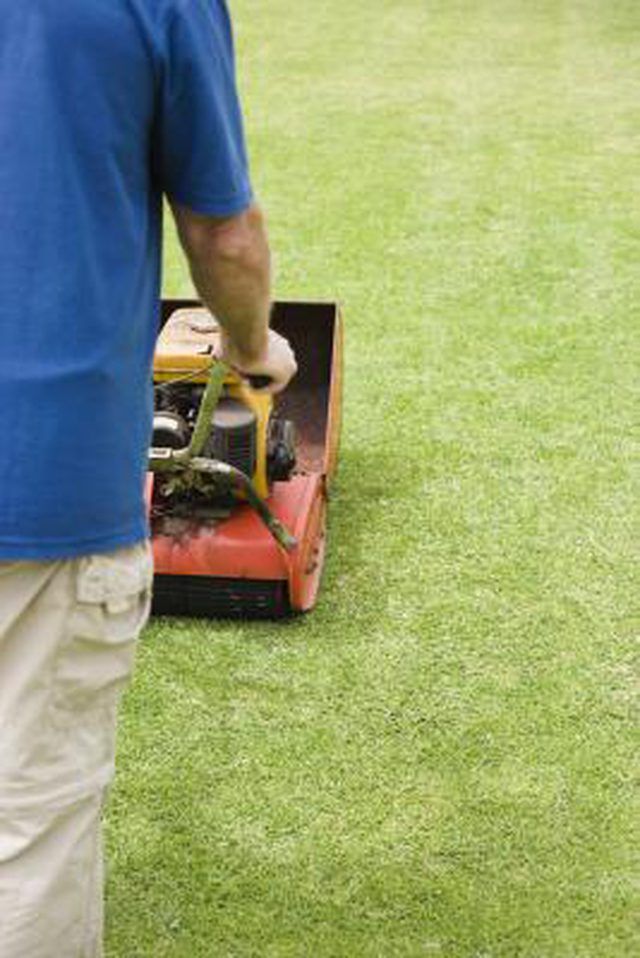Bulbs
Flower Basics
Flower Beds & Specialty Gardens
Flower Garden
Garden Furniture
Garden Gnomes
Garden Seeds
Garden Sheds
Garden Statues
Garden Tools & Supplies
Gardening Basics
Green & Organic
Groundcovers & Vines
Growing Annuals
Growing Basil
Growing Beans
Growing Berries
Growing Blueberries
Growing Cactus
Growing Corn
Growing Cotton
Growing Edibles
Growing Flowers
Growing Garlic
Growing Grapes
Growing Grass
Growing Herbs
Growing Jasmine
Growing Mint
Growing Mushrooms
Orchids
Growing Peanuts
Growing Perennials
Growing Plants
Growing Rosemary
Growing Roses
Growing Strawberries
Growing Sunflowers
Growing Thyme
Growing Tomatoes
Growing Tulips
Growing Vegetables
Herb Basics
Herb Garden
Indoor Growing
Landscaping Basics
Landscaping Patios
Landscaping Plants
Landscaping Shrubs
Landscaping Trees
Landscaping Walks & Pathways
Lawn Basics
Lawn Maintenance
Lawn Mowers
Lawn Ornaments
Lawn Planting
Lawn Tools
Outdoor Growing
Overall Landscape Planning
Pests, Weeds & Problems
Plant Basics
Rock Garden
Rose Garden
Shrubs
Soil
Specialty Gardens
Trees
Vegetable Garden
Yard Maintenance
How to Lay Sod Over Sand
How to Lay Sod Over Sand. Laying sod over sand is a quick way to establish a new lawn. A yard often contains a combination of the common soil types: sand, silt, clay and loam. Therefore, a yard that is sand might be sandy loam, sandy clay, sandy clay loam or loamy sand, depending on the percentage of each type of soil particles. Laying sod over...

Laying sod over sand is a quick way to establish a new lawn. A yard often contains a combination of the common soil types: sand, silt, clay and loam. Therefore, a yard that is sand might be sandy loam, sandy clay, sandy clay loam or loamy sand, depending on the percentage of each type of soil particles. Laying sod over sand is a similar procedure to placing sod over any other type of soil. A benefit of laying sod over sand is that water drains quickly. Many golf courses are made by laying sod over sand.
Things You'll Need
Rake
Topsoil or compost, if needed
Shovel
Roller
Stakes
Evaluate the site to see how much sun it gets and select an appropriate sod grass variety.
Measure the area and determine the amount of sod you need to purchase.
Purchase the sod of your choice and arrange for delivery to the site on the date you plan to lay the sod.
Control annual or perennial weeds, if necessary, by spraying herbicide or by pulling or digging them out of the sand.
Remove any debris from the site. If the sod requires soil amendments, such as topsoil or compost, add them now and mix them into the sand with a shovel.
Fill in or level any uneven spots in the sand and grade it so that water from heavy rains drains away from the house, any other buildings and sidewalks.
Rake the sand smooth.
Water the sand lightly to make it moist, unless it already is. This helps the sod to survive the transplanting process and to become established.
Inspect the sod to make sure it is freshly cut and healthy, not wilted or dried out.
Lay the sod on the sand with the pieces placed closely together, but stagger the joints. On slopes, hold the pieces in place with stakes.
Fill any small spaces with dirt to prevent the edges of the sod from drying.
Irrigate the new sod deeply.
Wait until the sod is dry enough to walk on and then go over it with a roller one-third full of water. This process smooths the site and presses the roots into contact with the sand.
Give the sod 1 inch of water every two or three days. Make sure you do not saturate the sod. Lift a corner sod to check moisture conditions.
Mow the sod after six or seven days.
Change the watering pattern to every four to seven days about three weeks after laying the sod.